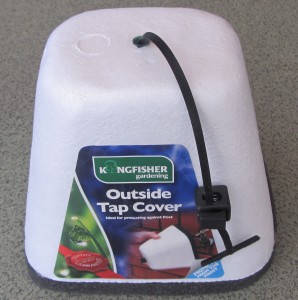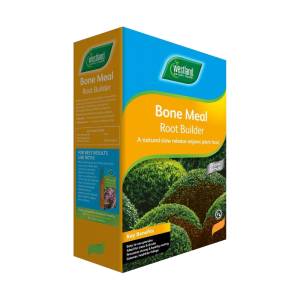November 1, 2016 by Cherry Lane
Plant Tulips. November is the right time to plant tulips for a fantastic show in April and May. Planting this late may feel wrong, but any earlier, and you run the risk of your bulbs contracting Tulip Fire, a fungal disease which can result in spotted, withered leaves. Since Tulips are late flowering however, planting at this time of year is fine, as the bulbs have 5 months in which to grow.The spring bulb with the widest choice of colours and forms, you’re bound to find something which suits your patch. Try ‘Antoinette’, the chameleon tulip, which emerges light yellow, and as the flowers age, become splashed and painted with deep pink. Or ‘Blue Wow’, a large, blue-purple peony flower. So come and peruse our tulip section!
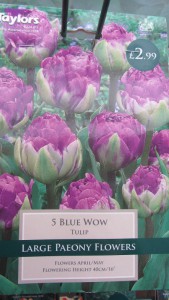
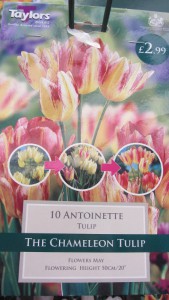
Clear fallen leaves from the lawn. Keeping the lawn free of dead leaves is a worthwhile task as it keeps the lawn healthy. Fallen leaves block the light, smothering the grass and making it weaker, also allowing moss to grow. So instead of letting leaves turn your lawn into a muddy mess, collect them and turn them into leaf mould, which makes a great mulching material. Pile them into bin bags, and puncture the bag a few times near the base, to allow for air circulation and drainage. Tie the bags and leave them behind the shed or greenhouse until they rot down – about a year, longer for leaves such as Beech, Sycamore and Chestnut. If you have a rotary mower with collection bag, consider piling the leaves up on the lawn and mowing them – this will break up the leaves and allow them to compost faster.
Build raised beds. For an easier way of growing vegetables without the bending, create raised beds from sleepers, tanalised timber, or brickwork. These can be as high as you need them, although the higher they are, the more soil they will need, and tall raised beds made from tanalised timber need cross bracing, to avoid the walls bulging out. Use a mix of 70% topsoil and 30% garden compost or farmyard manure. For tall beds, the bottom can be filled with subsoil, old turves or mixed organic matter such as grass clippings and leaves, which will rot down over time. When building beds on top of a hard surface, make sure there is room for at least 60cm of soil/compost so plants can root deeply.
Cut back perennials. Once flowering perennials – such as Rudbeckia and Aster – have diedback, cut the foliage back to ground level, to keep the garden looking tidy. Evergreen perennials like Hellebores and Heucheras can be left alone.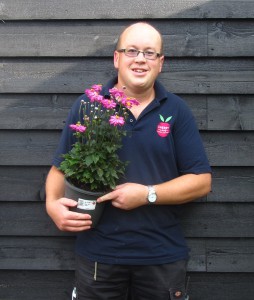
Protect outdoor taps. Insulate taps and pipework from the encroaching winter with a Tap Cover. The polystyrene cup fits over taps to protect them from freezing and bursting.
Feed woody plants with Bonemeal. Scatter a handful around each tree, shrub, climber and rose in your garden and rake into the soil gently. Bonemeal is a high phosphate food, which will strengthen roots.
Plant Roses. Although containerised roses can be planted through the year, Late autumn is a particularly good time of year for this. The newly lifted, clean plants are on the shelves, and will transplant well while dormant. The Cherry Lane collection is a select group of roses that exhibit good scent and flower colour, as well as a range of occasion roses suitable for giving as gifts. Look out for these roses in pink pots.
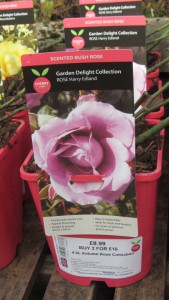
Please feel free to ask at your local Cherry Lane Garden Centre for any other advice, or help with choosing the right plants for your garden.
Happy planting!
Mike Smith – Cherry Lane Garden Centres



